Heising-Simons Foundation (HSF) Collaboration
on Quantum Gravity
and Its Observational Signatures
(QuRIOS)
Seeking to bridge the divide between theory and observability
ExploreMission
To catalyze recent theory progress
to explore the observability of Quantum Gravity.
Background
Einstein's general theory of relativity is now over 100 years old. The beauty of the theory lies in its depiction of gravity as a manifestation of the curvature of spacetime; Einstein transformed the study of gravity into the study of space, time, and geometry. No less impressive, the theory remains in perfect agreement with all precision experiments to date. And yet, general relativity has a flaw: it is only a classical theory, obeying deterministic equations.
By contrast, quantum field theory, our regnant theory of matter and other forces, describes a reality in which the observed behavior of particles and fields is dictated by probability amplitudes. Quantum field theory has been validated for all forms of matter -- from electrons and quarks to photons and gluons.
It is not yet known how these two crowning achievements of twentieth-century physics are unified in a complete framework. Providing a thoroughgoing description of gravity consistent with quantum theory, and verified with observation, is among the deepest open problems in physics.
Although we still do not possess a complete understanding of the properties of quantum gravity, some fundamental aspects of the theory are already clear. The role of long distance scales in quantum gravity strongly motivates searching for novel observational signatures. A cultural chasm within the theory community has inhibited the development of this line of thought towards observational signatures.
We seek a paradigm shift that brings theory and observables together, simultaneously closing the chasm between quantum mechanics and gravity.
The Collaboration on Observational Signatures of Quantum Gravity brings together theorists from diverse backgrounds, from quantum gravity and string theory to astrophysics and phenomenology, to bridge the chasm between theory and observation, and develop theoretically well-founded proposals of quantum gravity that could be observed. We hope to change the culture in theory that has created this chasm, kick-starting a broader community effort on possible observational signatures of quantum gravity.
Why now?
In the past few years, new observational tools have become available: Gravitational observatories (LIGO, Virgo and KaGRA) and the Event Horizon Telescope (EHT) have opened a new era of observations. And new experiments, such as the Gravity from Quantum Entanglement in Space-Time (GQuEST) interferometer, have been proposed.
Concurrently, multiple theoretical threads have combined to point to an important role for long distances in Quantum Gravity. Theoretical tools such as holography suggest correlations of unmeasurably short length scales of Quantum Gravity on longer scales. Quantum consistency for black holes strongly indicates new physics at horizon scales. Other developments make it possible to, in some cases, compute observables in the infrared, utilizing well-established tools, such as Entanglement Entropy.
Why this team?
A diverse group of scientists, each bringing their unique yet complementary expertise to the Collaboration, creates a team that is larger than the sum of its parts. Field theory, string theory, string theory, quantum gravity, cosmology, gravitational-wave science and astrophysics, particle physics and other related areas are the fields represented in the Collaboration. The team represents a robust theoretical background and is well-suited to build bridges to observable theory.
In the News
- "Gravitational Waves from Giant Black-hole Collision Reveal Long-sought 'Ringing'", Nature, December 1, 2023
- "In Search of Quantum Gravity", New Scientist, October 28, 2023
- "Physicists Rewrite a Quantum Rule That Clashes With Our Universe", Quanta Magazine, September 26, 2022
- "A New Tool for Finding Dark Matter Digs Up Nothing", Quanta Magazine, March 21, 2022
- "UC Santa Barbara Physics Professor Explains the Conflict in Our Understanding of Black Holes", KCBX (Central Coast Public Radio), December 7, 2021
- "Is Space Pixelated? Quantum Gravity: The Quest for the Pixelation of Space", Caltech Magazine, November 29, 2021
- "The Search for Quantum Gravity", The Current, UC Santa Barbara, October 11, 2021
- "Black Holes Might Conceal a Huge Wall of Fire. But We May Never See Them", Interesting Engineering, October 5, 2021
- "Randomness in Data Could Help Physicists Find Evidence for Quantum Gravity", Inside Science, September 3, 2021
- "How the Bits of Quantum Gravity Can Buzz", Quanta Magazine, July 23, 2020
Observation, reason, and experiment make up what we call the scientific method.
Members
Complementarity of Expertise
The Collaboration consists of four research hubs, Caltech, UC Santa Barbara, Arizona State University, and University of Amsterdam, and is directed by Kathryn Zurek at Caltech. We have brought together a team of scientists from disparate backgrounds, including quantum gravity, particle theory, string theory, and astrophysics (including gravitational waves), to make a whole that is greater than a sum of its parts:
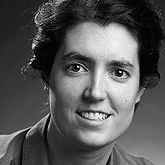
Kathryn Zurek (Caltech)
Particle theory, Effective field theory and models

Erik Verlinde (University of Amsterdam)
String theory, emergent gravity
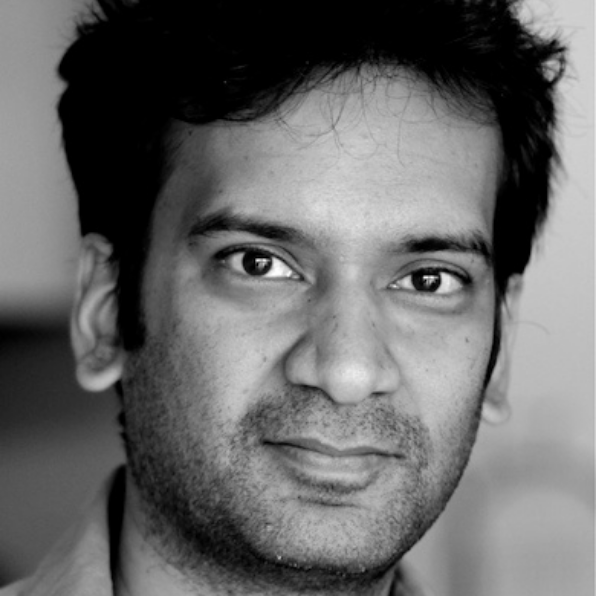
Maulik Parikh (Arizona State University)
Quantum gravity, classical and quantum black holes
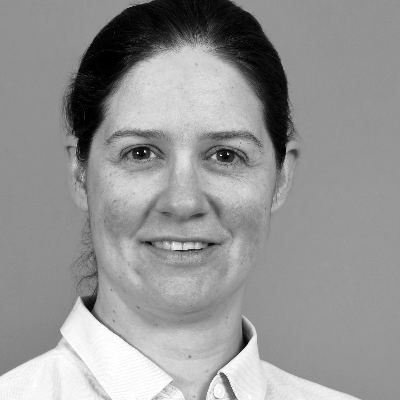
Cynthia Keeler (Arizona State University)
String theory, fluid gravity
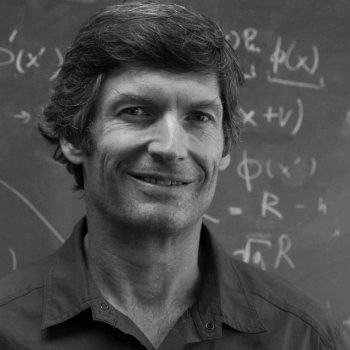
Steve Giddings (UC Santa Barbara)
Quantum gravity, black holes
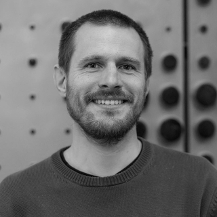
Ben Freivogel (University of Amsterdam)
String theory, cosmology, early universe
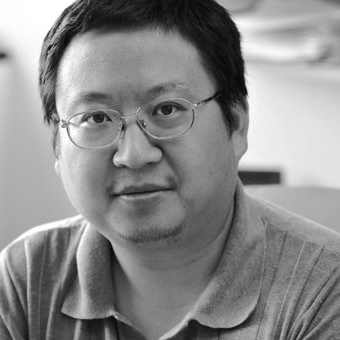
Yanbei Chen (Caltech)
Astrophysics, gravitational waves, precision measurements
Affiliated Members
- Daniel Carney
- Laurent Freidel
- Gautam Satishchandran
- Manus Visser
HSF Fellows in Observational Signatures of Quantum Gravity
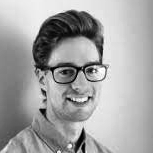
Lars Aalsma
Lars' research lies at the intersection of string theory and cosmology with a focus on the observational signatures of quantum gravity in cosmology. Using techniques from holography, quantum information theory and black hole physics he studies models of quantum gravity and explores their cosmological footprints. Before joining Arizona State University as a Heising-Simons Fellow, Lars held a postdoctoral appointment at the University of Wisconsin-Madison after he obtained his PhD from the University of Amsterdam.
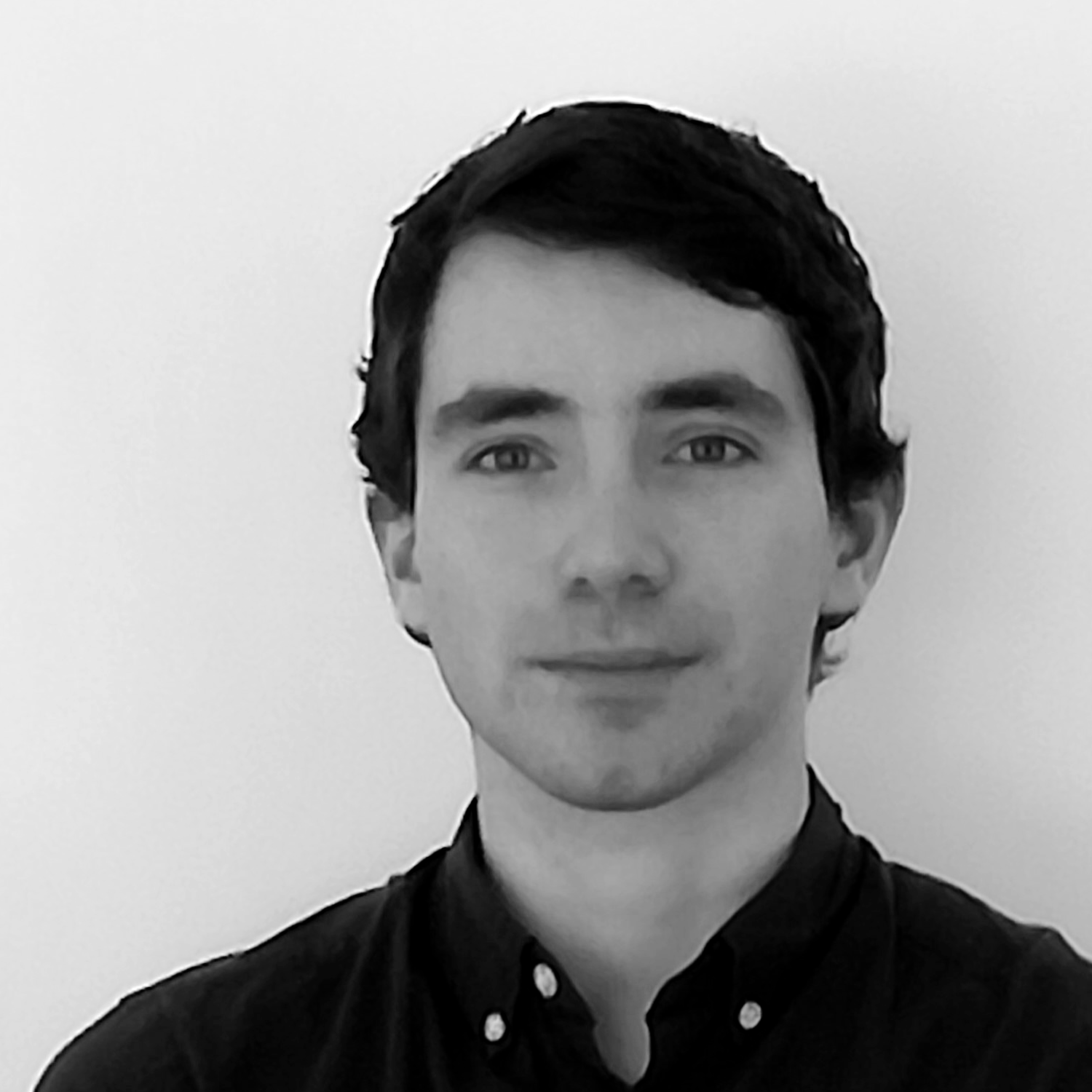
Kwinten Fransen
In my research, I investigate gravity at the interface between theory and experiment. I am particularly excited about gravitational wave astronomy, which was the subject of my PhD at the KU Leuven (in Belgium).

Temple M. He
I grew up in Michigan and did my undergraduate studies at Stanford University. I then attended University of Cambridge for a masters degree on a Marshall scholarship, and finally completed my PhD under the guidance of Andrew Strominger at Harvard University. My research focuses on a better understanding of quantum gravity, utilizing tools from both holography and quantum information theory.
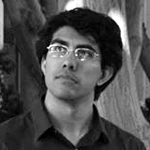
Allic Sivaramakrishnan
Allic’s research aims to build perturbative tools for quantum gravity. His work focuses on the AdS/CFT correspondence, a precise realization of the holographic principle, and uses ideas from scattering amplitudes, quantum information theory, and the conformal bootstrap. His recent work developed principles of curved-space perturbation theory by extending unitarity methods, on-shell kinematics, and color-kinematics duality to curved spacetimes. Allic received his BA from UC Berkeley and PhD from UCLA, and he joins Caltech as a Heising-Simons fellow.
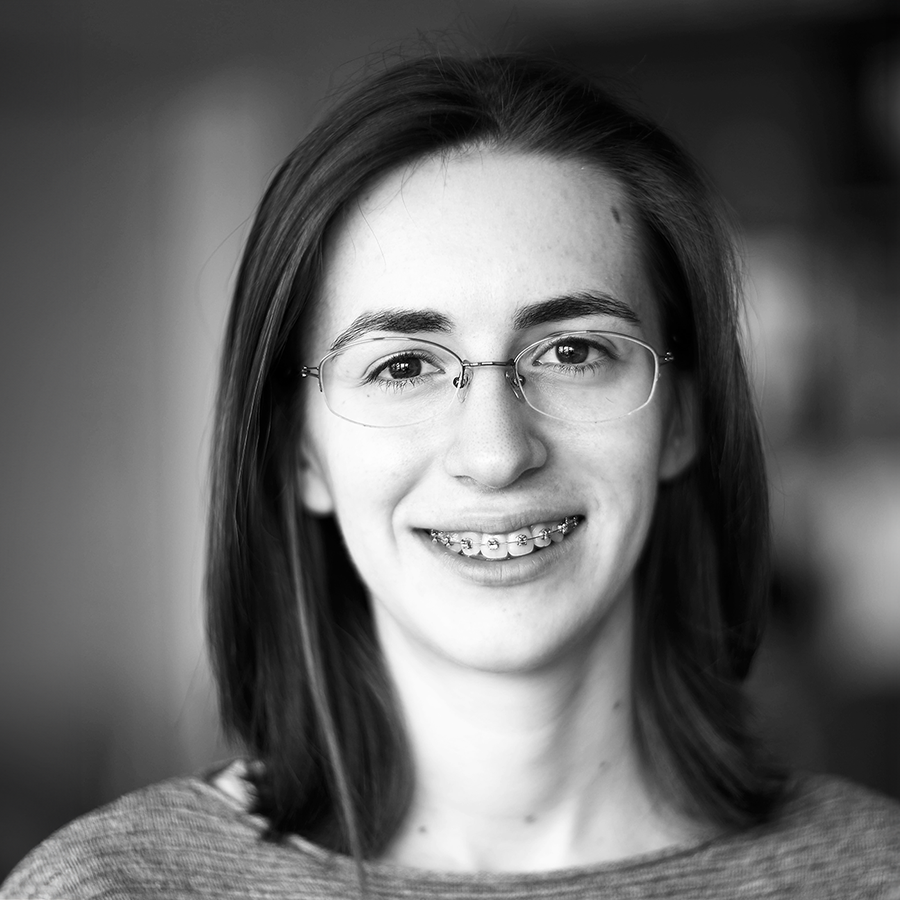
Raphaela Wutte
Raphaela's research revolves around both classical and quantum aspects of gravity, combining varied methods from mathematical general relativity, asymptotic symmetries and the AdS/CFT correspondence. Raphaela obtained her PhD in 2022 from TU Wien, Austria. Before joining Arizona State University as a Heising-Simons Fellow, she was a postdoctoral researcher at Université Libre de Brussels, Belgium.
QuRIOS Alumni
These former HSF Fellows in Observational Signatures of Quantum Gravity remain an important part of the Collaboration.
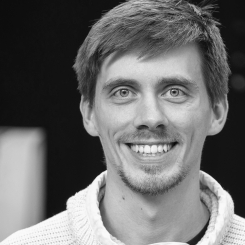
Dominik Neuenfeld
Dominik's work aims at a better understanding of quantum gravity by investigating the infrared structure of gauge theories and gravity, as well as studying the AdS/CFT correspondence through a quantum information-theoretic lens. Most recently, he used doubly-holographic models to understand how semi-classical gravity emerges from quantum gravity. Dominik obtained his PhD from the University of British Columbia. Before he joined the string theory group in Amsterdam as a Heising-Simons Fellow, he was a Simons "It from Qubit"-Fellow at the Perimeter Institute for Theoretical Physics.
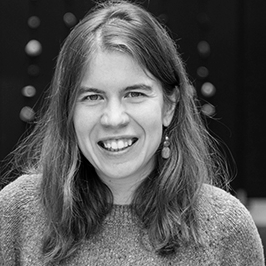
Ana-Maria Raclariu
Ana-Maria Raclariu is a Lecturer in Theoretical Physics in the Department of Mathematics at King's College London. Her research covers a range of topics in classical and quantum gravity, with a focus on holographic aspects of gravity in asymptotically flat spacetimes. Originally from Romania, she attended the University of Cambridge before completing her Ph.D. at Harvard University under the supervision of Andrew Strominger. She was a Stephen Hawking postdoctoral fellow at Perimeter Institute and a QuRIOS and MCSA postdoctoral fellow at the University of Amsterdam before joining King’s College in 2024.

Claire Zukowski
I am a researcher in quantum gravity. I exploit the AdS/CFT duality to study the emergence of gravity from field theory, using varied tools from quantum information, gauge theory and symplectic geometry. Much of my research aims towards better understanding gravity in de Sitter spacetime, which approximates our current expanding cosmology. Some of my work also addresses paradoxes in eternal inflation, the infinite exponential expansion of regions of spacetime at extremely late times. I completed my Ph.D. at the University of California, Berkeley in 2015 and was a postdoctoral researcher at Columbia University and the University of Amsterdam. I spent a semester at ASU as the collaboration was starting, and am currently an Assistant Professor at the University of Minnesota Dublin. In addition to my research, I have a strong interest in teaching as well as diversity in STEM.
QuRIOS collaboration meeting at Caltech, March 2024